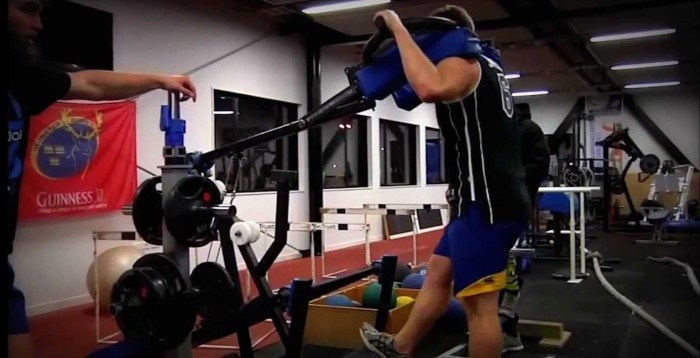Rugby – Principles of Fitness Training

Once a player or coach has a general idea of the fitness levels required, and the areas which need work, a program must be developed to achieve these goals. This requires an understanding of the basic training principles. The following will serve as a basis for developing a rational program:
- Regularity
Training requires a schedule. Just as proper training increases efficiency, inactivity decreases fitness. Studies carried out on astronauts, cosmonauts and bedded down volunteers have shown rapid deterioration in cardiovascular performance, and a marked decrease in the respiratory apparatus of muscle fibers when there is no consistent work load. Schedules for achieving and maintaining fitness have been empirically arrived at. Examples are included below.
- Warm-up/Stretch
Every exercise session should begin with a period of warming up and stretching muscles. Not only does this serve to increase blood flow for improved delivery of nutrients and removal of wastes, but also improves the efficiency of muscle contracture. There is evidence that the ligaments and tendons also benefit and become more resistant to injury.
- Specificity
Training programs should aim to improve the performance of a given task. This consists of repetition of exercises designed to improve the neuromuscular sequences for smoothness and efficiency. The exercises are made up of work loads on the muscle groups involved in performing the task. agen sbobet
- Overload
Work overload is an effective technique which calls for giving a muscle group a level of work designed to cause momentary failure. This is necessary to build strength.
- Progression
This is an extension of the overload principle. It calls for increasingly demanding levels of activity over time. As a basic rule, when an individual is able to perform a task without momentary failure, the load should be increased by about 5%. Sbobet
